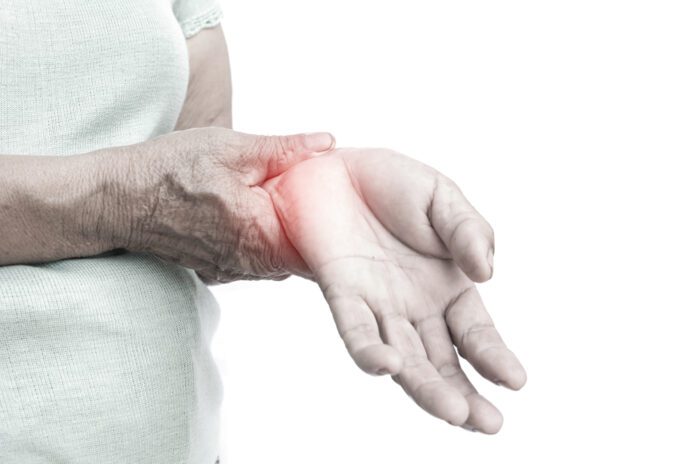Overview Of Muscular Dystrophy
Muscular dystrophy (MD) is a group of more than 30 inherited diseases. They all cause muscle weakness and muscle loss. Some forms of MD appear in infancy or childhood. Others may not appear until middle age or later. The different types can vary in whom they affect, which muscles they affect, and what the symptoms are. All forms of MD grow worse as the person’s muscles get weaker. Most people with MD eventually lose the ability to walk.
There is no cure for MD. Treatments can help with the symptoms and prevent complications. They include physical and speech therapy, orthopedic devices, surgery, and medications. Some people with MD have mild cases that worsen slowly. Others cases are disabling and severe.
Commonly Associated With
Inherited myopathy; MD
Causes Of Muscular Dystrophy
Muscular dystrophies, or MD, are a group of inherited conditions. This means they are passed down through families. They may occur in childhood or adulthood. There are many different types of MD.
They include:
- Becker muscular dystrophy
- Duchenne muscular dystrophy
- Emery-Dreifuss muscular dystrophy
- Facioscapulohumeral muscular dystrophy
- Limb-girdle muscular dystrophy
- Oculopharyngeal muscular dystrophy
- Myotonic muscular dystrophy
Symptoms Of Muscular Dystrophy
MD can affect adults, but the more severe forms tend to occur in early childhood.
Symptoms vary among the different types of MD. All of the muscles may be affected. Or, only specific groups of muscles may be affected, such as those around the pelvis, shoulder, or face.
The muscle weakness slowly gets worse and symptoms can include:
- Delayed development of muscle motor skills
- Difficulty using one or more muscle groups
- Drooling
- Eyelid drooping (ptosis)
- Frequent falls
- Loss of strength in a muscle or group of muscles as an adult
- Loss in muscle size
- Problems walking (delayed walking)
- Intellectual disability is present in some types of MD.
Exams & Tests
A physical examination and your medical history will help the health care provider determine the type of MD. Specific muscle groups are affected by different types of MD.
The exam may show:
- Abnormally curved spine (scoliosis)
- Joint contractures (clubfoot, claw-hand, or others)
- Low muscle tone (hypotonia)
- Some types of muscular dystrophy involve the heart muscle, causing cardiomyopathy or abnormal heart rhythm (arrhythmia).
Often, there is a loss of muscle mass (wasting). This may be hard to see because some types of MD cause a buildup of fat and connective tissue that makes the muscle appear larger. This is called pseudohypertrophy.
A muscle biopsy may be used to confirm the diagnosis. In some cases, a DNA blood test may be all that is needed.
Other tests may include:
- Heart testing — electrocardiography (ECG)
- Nerve testing — nerve conduction and electromyography (EMG)
- Urine and blood testing, including CPK level
- Genetic testing for some forms of MD
Treatment Of Muscular Dystrophy
There are no known cures for the various MDs. The goal of treatment is to control symptoms.
Physical therapy may help maintain muscle strength and function. Leg braces and a wheelchair can improve mobility and self-care. In some cases, surgery on the spine or legs may help improve function.
Corticosteroids taken by mouth are sometimes prescribed to children with certain MDs to keep them walking for as long as possible.
The person should be as active as possible. No activity at all (such as bed rest) can make the disease worse.
Some people with breathing weakness may benefit from devices to assist breathing.



